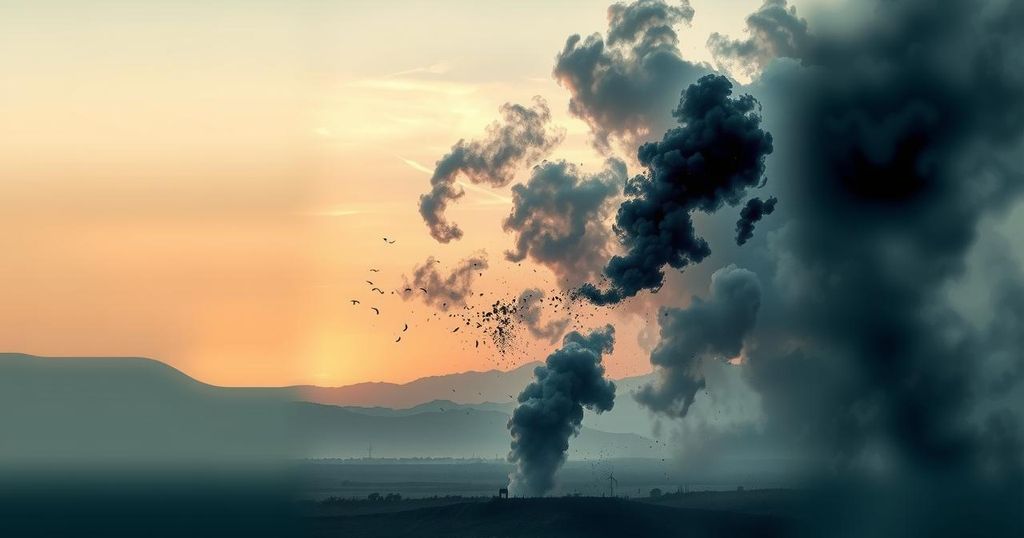Calm in Damascus Contrasts with Ongoing Battles in Northeastern Syria

In Damascus, calmness emerges as interim President Ahmed al-Shara hosts a national unity conference, marking a shift in public discourse. However, violent clashes persist in northeastern Syria between Kurdish and Syrian Arab militias, complicating efforts to unify the nation. The resurgence of the Islamic State and the fate of the Kurdish minority remain pressing issues affecting regional stability.
While calm prevails in Damascus, the Syrian capital where the interim president Ahmed al-Shara has convened a national unity conference, turmoil continues in northeastern Syria. Foreign dignitaries have visited, and citizens are engaging freely in discussions for the first time in years. This newfound stability contrasts sharply with the conflict unfolding hundreds of miles away.
In northeastern Syria, skirmishes persist as two armed factions, the Kurdish-led Syrian Democratic Forces backed by the United States and a primarily Syrian Arab militia supported by Turkey, clash. These conflicts have intensified since the overthrow of former President Bashar al-Assad in December, with airstrikes and artillery fire causing displacement for numerous residents.
The ongoing strife poses significant challenges for President al-Shara, particularly in his efforts to unify the nation and exert control over diverse armed groups. Additionally, the resurgence of the Islamic State poses a growing threat, leading neighboring countries to fear potential spillover effects from Syria’s instability.
Of particular concern is the future of the Kurdish population, which comprises about ten percent of Syria’s demographics. Over the years, Kurdish groups have established a semi-autonomous governance structure in their northeastern territory, which complicates the situation further. Turkey’s increasing influence in the region exacerbates tensions, as it perceives Kurdish fighters as security threats due to their aspirations for autonomy.
The contrast between the stability in Damascus and the ongoing conflicts in northeastern Syria highlights the complexities facing the new interim president. Al-Shara’s efforts to unify Syria are challenged by persistent armed rivalries and the resurgence of the Islamic State. Moreover, the fate of the Kurdish minority and regional tensions further complicate the prospect of peace and national unity in Syria.
Original Source: www.nytimes.com







